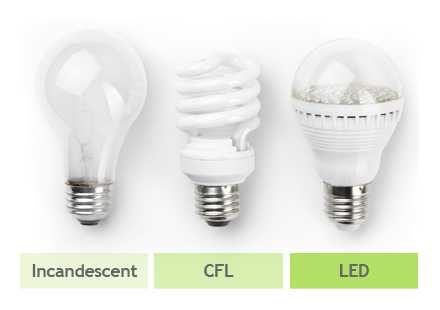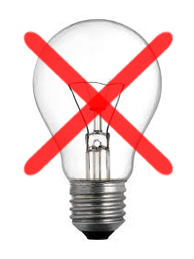vs CFL
An incandescent light bulb produces light by heating a metal filament wire to a high temperature until it glows. Approximately 90% of the power consumed by an incandescent light bulb is wasted as heat, rather than as visible light. Lifespan is low, approx 1,000 hours, although Halogen lamps have a longer life expectancy. Attempts to significantly improve the efficiency of incandescent bulbs have failed and many governments have introduced measures to ban their use. Import and supply of these harmful and wasteful light bulbs have been made illegal as of 1st January 2012.

Compact fluorescent lamps (CFL) have been widely adopted as a more efficient replacement. They use up to five times less power to produce the same amount of light and have a lifespan up to 15 times longer. However they are not without their own drawbacks; mainly slow start-up times and the use of mercury in their production which is considered a health hazard and also leads to greater environmental concerns.



